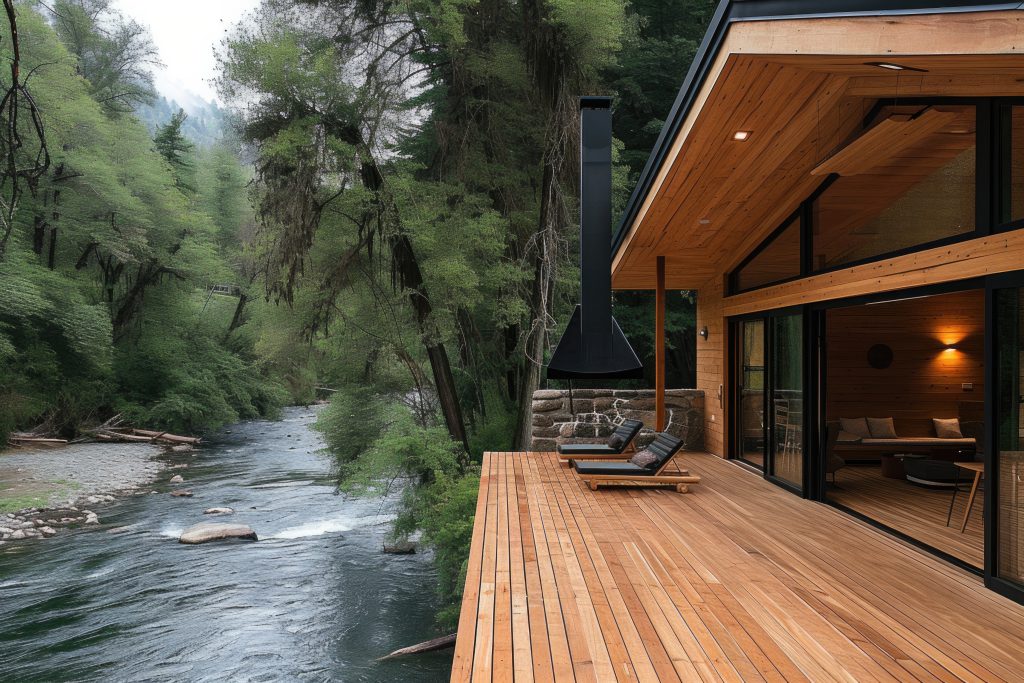What to Look for in a High-Quality Deck Material

Choosing the right deck material is crucial for durability, aesthetics, and maintenance. This guide will help you understand the key factors to consider when selecting high-quality deck materials.
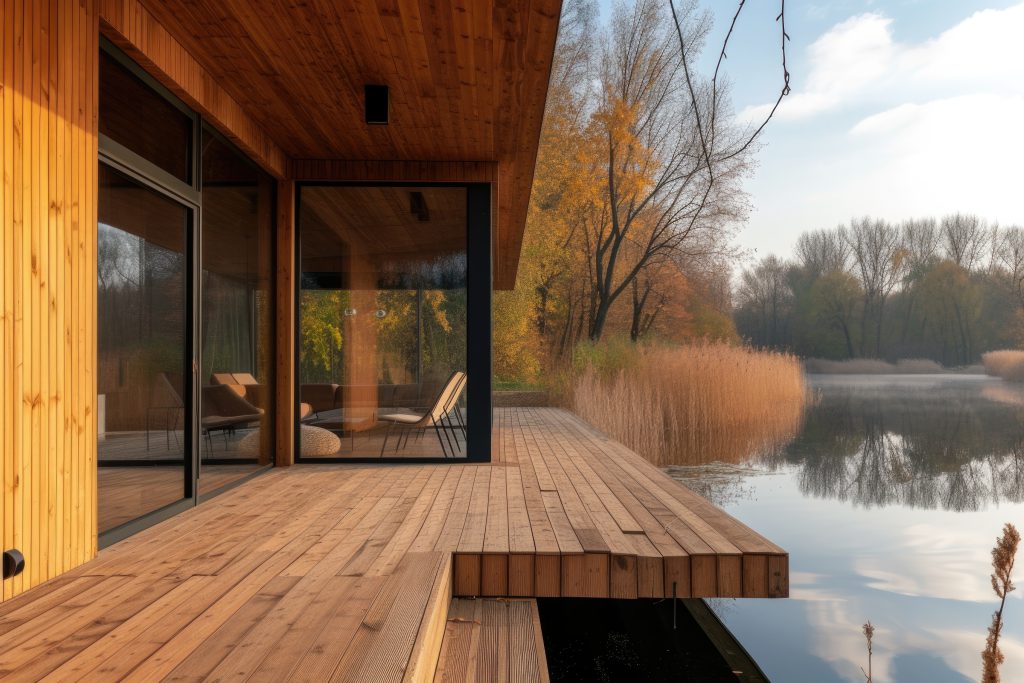
Material Options
Different decking materials offer various benefits. Here are some popular options:
Wood
Wood decking is a classic choice known for its natural beauty. Popular types include cedar, redwood, and tropical hardwoods like ipe.

Composite
Composite decking is made from a mix of wood fibers and plastic. It’s low-maintenance, resistant to rot, and comes in various colors and textures.

PVC
PVC decking is entirely synthetic, offering excellent resistance to moisture and insects. It’s lightweight, durable, and available in many styles.
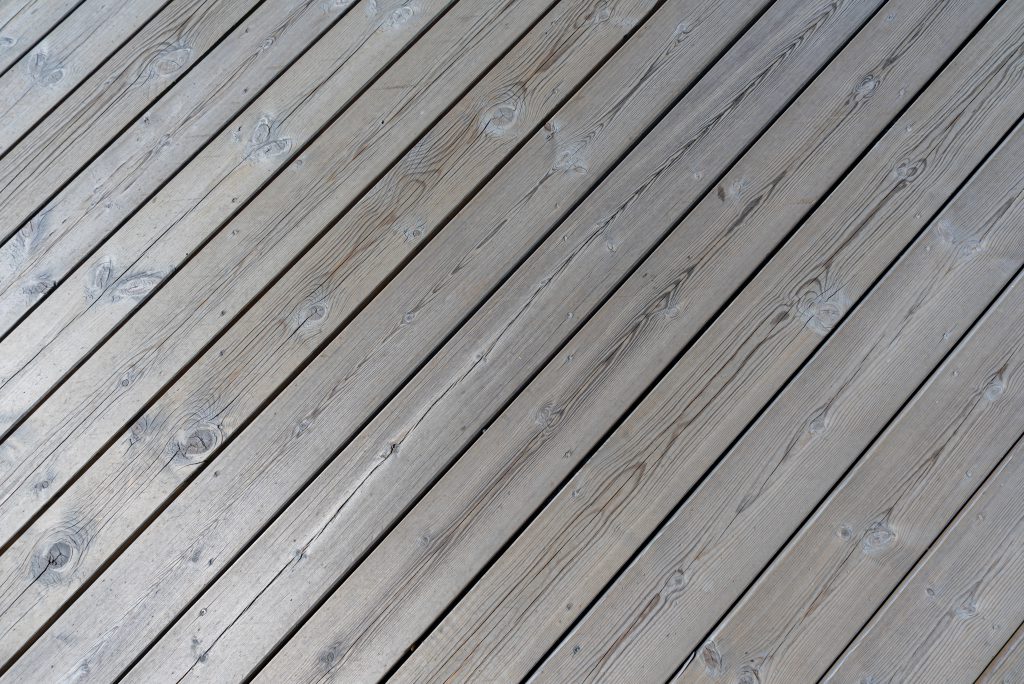
Durability
Durability is a key factor in choosing deck materials. Consider materials that resist weathering, rot, and insect damage. Composite and PVC decking are particularly durable, while hardwoods like ipe and teak are also known for their longevity.

Maintenance
The level of maintenance required varies by material. Wood decks need regular sealing and staining, while composite and PVC decks require minimal upkeep, usually just cleaning with soap and water.
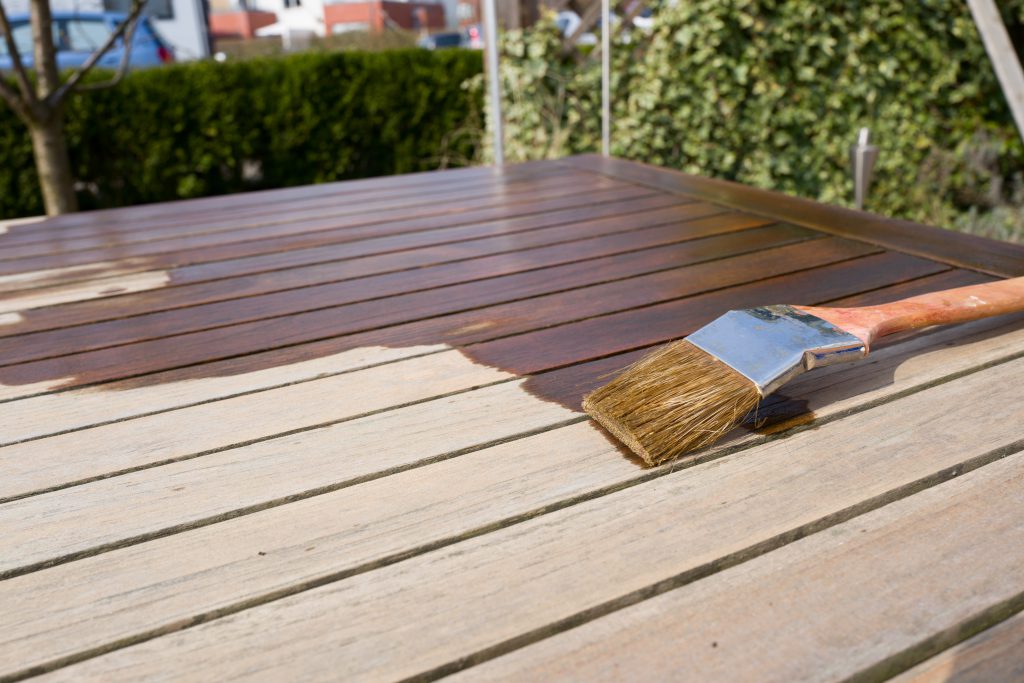
Aesthetic Appeal
The appearance of your deck should complement your home and landscape. Wood offers a natural, warm look, while composite and PVC provide a wide range of colors and finishes to match any style.

Cost
Your budget will influence your choice of deck materials. Wood is generally less expensive upfront but requires more maintenance. Composite and PVC are more costly initially but save on long-term maintenance costs.

Sustainability
If environmental impact is important, consider sustainably sourced wood or composite decking made from recycled materials. Look for certifications like FSC (Forest Stewardship Council) for wood products.
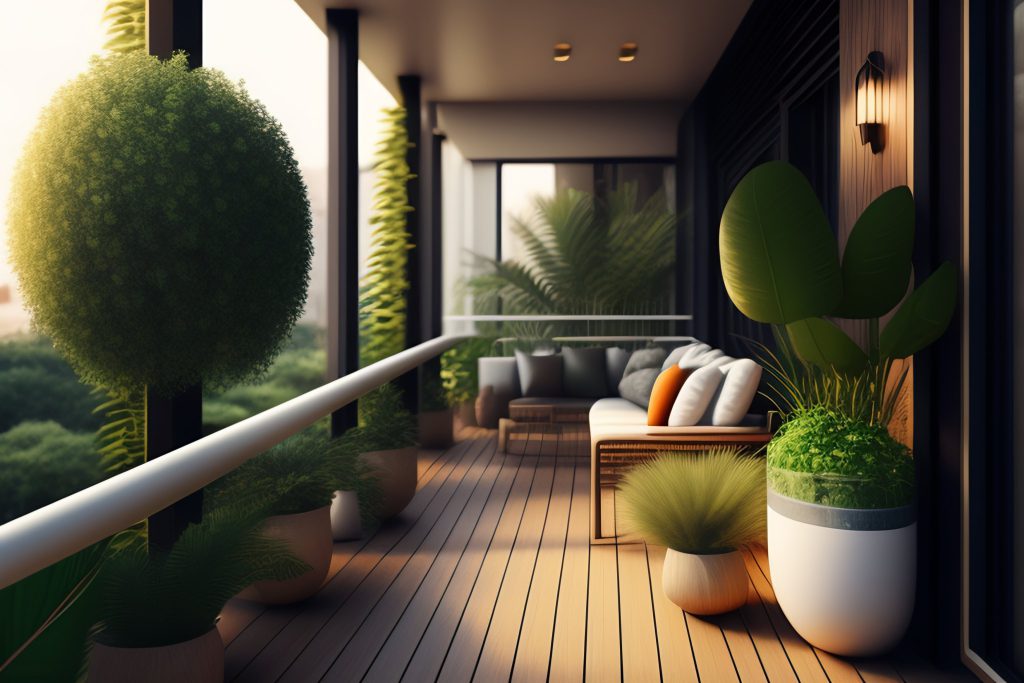
Slip Resistance
For safety, especially in wet conditions, choose materials with good slip resistance. Textured composite and PVC decks offer better traction than smooth wood surfaces.

Color Retention
Consider how well the material retains its color over time. Composite and PVC decking often have UV protection to prevent fading, while wood may need regular staining to maintain its appearance.
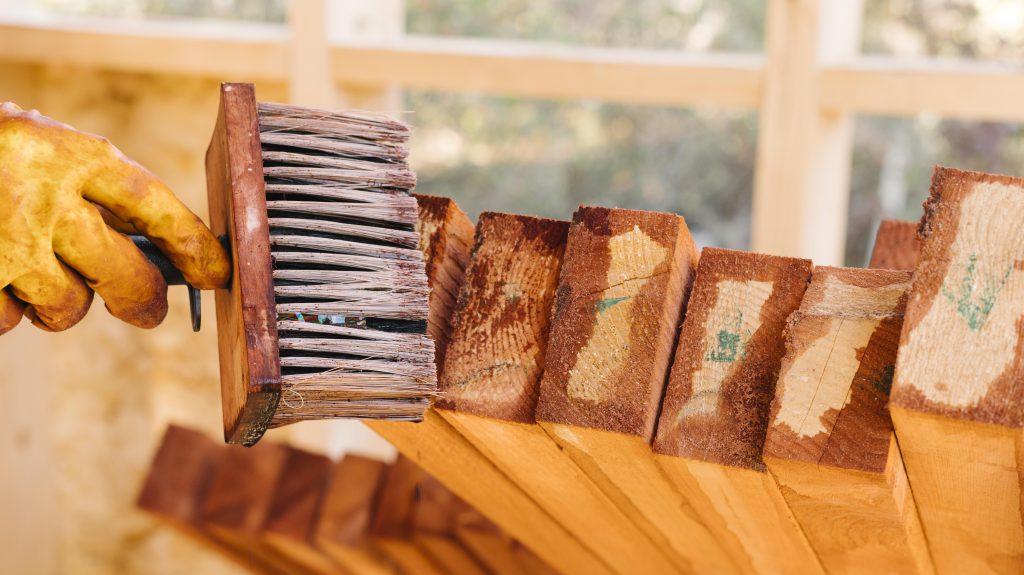
Installation
Proper installation is crucial for the performance and longevity of your deck. Some materials, like composite and PVC, are designed for easy installation with hidden fasteners, while wood may require more traditional methods.

Warranty
Look for materials with comprehensive warranties that cover both the product and its performance over time. Composite and PVC decking often come with longer warranties compared to wood.

Conclusion
Choosing the right deck material involves balancing durability, maintenance, aesthetics, cost, sustainability, slip resistance, color retention, and warranty. By considering these factors, you can select a deck material that enhances your outdoor space’s beauty and functionality. Whether you prefer the natural appeal of wood or the low-maintenance benefits of composite and PVC, the right deck material will provide years of enjoyment and value.
